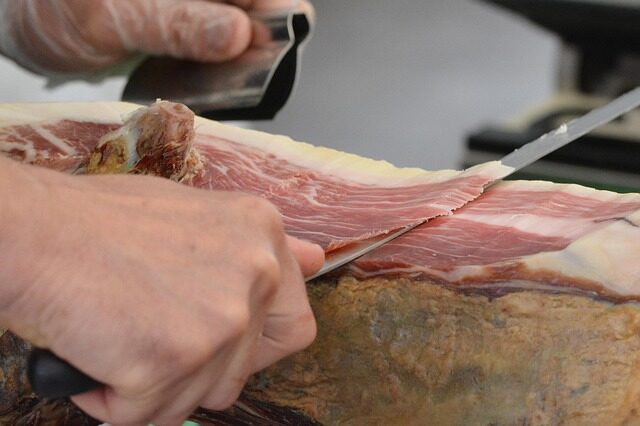Nestled within the heart of Nordic cuisine lies a culinary tradition that has captivated food enthusiasts around the world: Spekemat, the Norwegian charcuterie board. This delightful spread is a testament to Norway’s rich food heritage, where the cold climate has shaped a culture of curing and preserving meats.
The allure of Spekemat is found not just in its savory flavors but also in the beautiful presentation of thinly sliced meats, vibrant cheeses, and hearty breads. It’s a celebration of simplicity and quality, bringing together the very best of Norwegian ingredients to create an unforgettable dining experience.
- What is Spekemat, the Norwegian charcuterie board?
- How to prepare Spekemat, the Norwegian charcuterie board?
- Where to buy Spekemat, the Norwegian charcuterie board?
- What are some recipes for Spekemat, the Norwegian charcuterie board?
- What is the history of Spekemat, the Norwegian charcuterie board?
- What are the best accompaniments for Spekemat, the Norwegian charcuterie board?
- Why is Spekemat, the Norwegian charcuterie board popular in Nordic cuisine?
- What is Spekemat, the Norwegian charcuterie board?
- How to prepare Spekemat, the Norwegian charcuterie board?
- Where to buy Spekemat, the Norwegian charcuterie board?
- What are some recipes for Spekemat, the Norwegian charcuterie board?
- What is the history of Spekemat, the Norwegian charcuterie board?
- What are the best accompaniments for Spekemat, the Norwegian charcuterie board?
- Why is Spekemat, the Norwegian charcuterie board popular in Nordic cuisine?
What is Spekemat, the Norwegian charcuterie board?
Spekemat encompasses a variety of cured meats, each with its own unique flavor profile, derived from centuries-old techniques passed down through generations. From fenalår, a dry-cured lamb leg, to morrpølse, a spiced sausage, each component is carefully selected to complement the others.
The board often includes a range of flavors from sweet to savory, playing with textures and temperatures. It’s commonly served during special occasions, but it’s also enjoyed as a casual meal, especially during the long, sunny days of summer in Norway.
The beauty of Spekemat lies in its versatility. Whether you’re enjoying a quiet evening at home or entertaining guests, it can be tailored to suit any palate. This flexibility also extends to dietary needs, with many wondering if Spekemat is gluten-free. While the meats themselves are typically gluten-free, it’s important to consider the bread and crackers often served alongside.
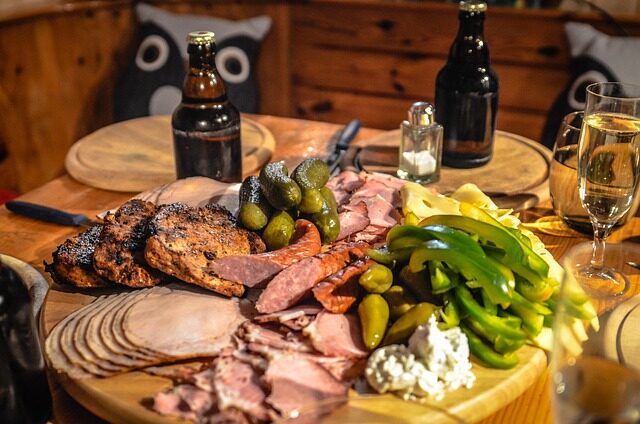
For those interested in crafting their own Spekemat, understanding the traditional Norwegian meats and cheeses for Spekemat is key. This journey into the world of Nordic charcuterie requires a knowledge of the various meats, their curing processes, and how they’re best enjoyed.
How to prepare Spekemat, the Norwegian charcuterie board?
Creating the perfect Spekemat experience begins with selecting high-quality, cured meats and complementary cheeses. Thinly sliced meats such as spekeskinke (cured ham) and fenalår are arranged on a wooden board, accompanied by robust cheeses like brunost, a sweet brown cheese made from goat’s milk.
Accompaniments are key to enhancing the flavors of the meats. Try adding freshly baked bread, tangy pickles, and sweet jams to your board. The contrast of flavors and textures is what makes Spekemat a true delight. For those wondering how to make Spekemat, remember that the essence lies in the balance of its components.
What should you include on a Spekemat board? Aside from meats and cheeses, fresh fruits, nuts, and a selection of mustards can elevate the board to new heights. It’s all about creating a harmonious blend that tantalizes the taste buds.
For wine enthusiasts, pairing Spekemat with the right wine is an art. The best wines to pair with Spekemat are those that can cut through the richness of the meats without overpowering them. A light-bodied, fruity red, or a crisp white wine, can be perfect companions.
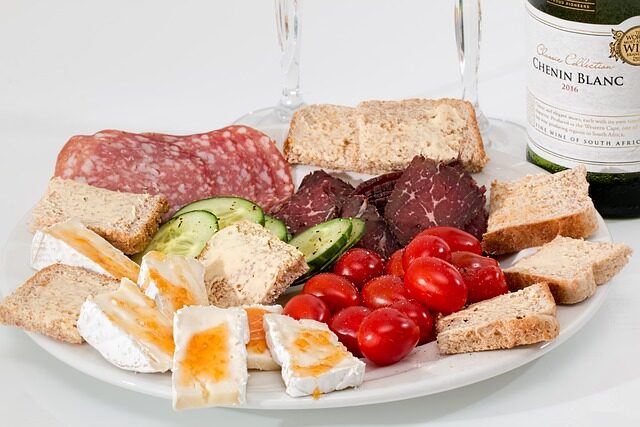
Where to buy Spekemat, the Norwegian charcuterie board?
Finding authentic Spekemat can be a journey of its own. For those living outside of Norway, specialty Nordic stores or international markets are the best bet. In Norway, local farmers’ markets, delicatessens, and even supermarkets carry an array of Spekemat items.
If you’re looking to purchase Spekemat online, there are several reputable websites offering high-quality products. These platforms often provide a range of options, from individual meats to pre-assembled boards ready for consumption.
For anyone asking where can I find authentic Spekemat, it is important to look for sellers that prioritize sourcing from Norwegian producers. This ensures the authenticity and quality of the Spekemat experience.
What are some recipes for Spekemat, the Norwegian charcuterie board?
- Eggs Benedict with a Nordic twist: Top a toasted slice of bread with Spekemat, a perfectly poached egg, and drizzle with hollandaise sauce.
- Frikadeller: Pair these Danish meatballs with a selection of Spekemat for a hearty meal.
- Silppu: Serve this Finnskogen dish as a warm, comforting side to your Spekemat board.
- Braisert Pølse med Sider: Include these sausages braised with apples and cider as a unique addition to your board.
- Lapskaus: Offer a small portion of this beef and vegetable stew for a truly satisfying Nordic charcuterie experience.
These recipes highlight the flexibility of Spekemat, showing how it can be incorporated into a variety of dishes. Traditional Nordic meat dishes often serve as an excellent foundation for Spekemat-inspired creations.
What is the history of Spekemat, the Norwegian charcuterie board?
The origins of Spekemat are deeply rooted in the need for preservation in the harsh Nordic climate. Long, cold winters made it essential for food to be stored for extended periods. This led to the development of curing techniques that not only preserved the meat but also enhanced its flavor.
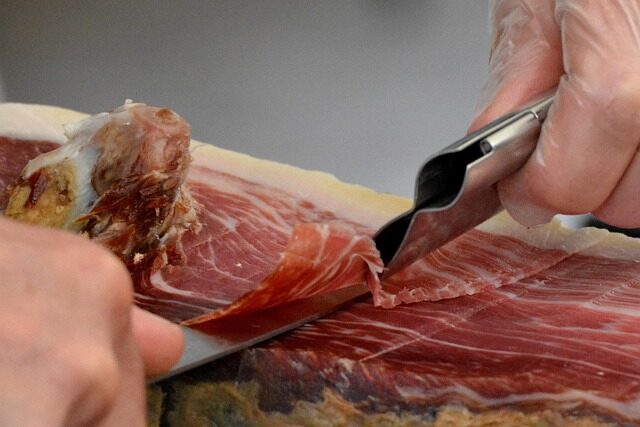
The history of Spekemat is a reflection of Norwegian charcuterie traditions that have been refined over the centuries. These methods were born out of necessity but have evolved into a culinary art form celebrated both within and beyond Norway’s borders.
The evolution of Spekemat continues today, with regional variations reflecting the local preferences and seasonal ingredients. Seasonal variations of Spekemat in Norway include the addition of fresh summer berries or the pairing with heartier bread during the winter months.
The Spekemat tradition is a cherished part of Nordic food heritage, symbolizing the ingenuity and resilience of the people who developed it. It’s a practice that has stood the test of time, adapting and thriving in the modern culinary landscape.
What are the best accompaniments for Spekemat, the Norwegian charcuterie board?
While the meats are the stars of the show, the accompaniments play a crucial role in the Spekemat experience. They should complement the flavors and add variety to the palate. Here are some suggestions:
- Freshly baked bread: A crusty loaf or some flatbreads provide a lovely texture contrast.
- Preserves and jams: Sweet spreads like cloudberry jam can balance the savory meats.
- Pickles and vegetables: Pickled cucumbers or onions add a tangy, refreshing element.
- Mustards: A dollop of mustard can add a spicy kick.
- Fresh fruits and nuts: Grapes, apples, and walnuts give a delightful freshness and crunch.
Remember to select accompaniments that will enhance rather than overpower the delicate flavors of the cured meats. The best accompaniments for Spekemat are those that offer contrasting but complementary flavors and textures.
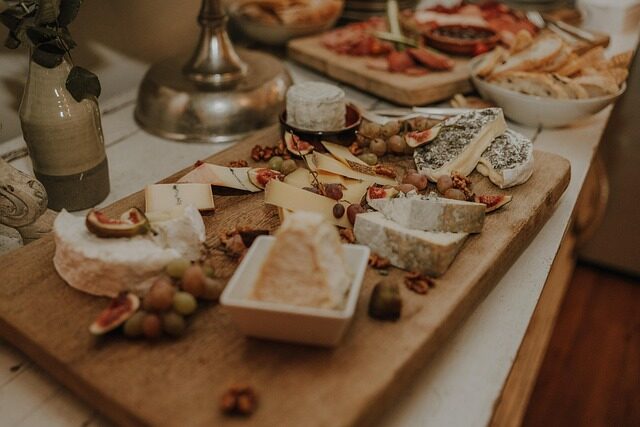
Why is Spekemat, the Norwegian charcuterie board popular in Nordic cuisine?
Spekemat’s popularity in Nordic cuisine can be attributed to its deep cultural roots and the way it showcases the region’s finest ingredients. It represents comfort food in Norway, providing a sense of warmth and satisfaction with every bite.
The concept of a charcuterie board aligns perfectly with Scandinavian dining experiences, which often emphasize communal eating and sharing. Spekemat is more than just food; it’s a social experience, a way to bring people together.
In addition, the allure of Spekemat is found in its simplicity and the skillful craftsmanship required to produce each component. It’s a celebration of tradition and flavor, and its place in Nordic cuisine is well-earned and cherished.
In conclusion, Spekemat, the Norwegian charcuterie board, is a beloved aspect of Nordic cuisine. Its flavors, preparation, and history are a testament to the region’s rich cultural heritage. Whether you’re a curious foodie or a seasoned gourmet, exploring the world of Spekemat is sure to delight and inspire.
